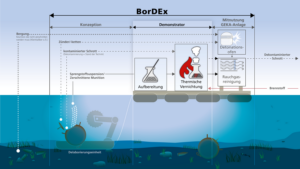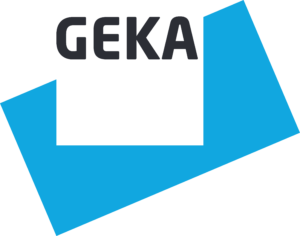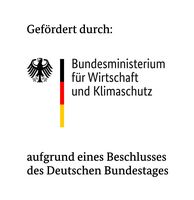Millions of tons of contaminated sites, ammunition remnants and warfare agents in the north and baltic sea still pose a major threat to the natural and public environment and also influences the expansion of energy and infrastructure plans along the shore lines.
The BorDEx project (development and construction of a mobile demonstrator for thermal disposal of explosives from coastal dumped munition) wants to create a that has not yet been technically feasible. The construction of a mobile demonstrator is intended to take the disposal of explosives originate from conventional, large-caliber, difficult-to-transport ammunition from maritime areas a step further towards a standard procedure with different locations.
Objectives
Due to the intended extensive disposal of all explosive ordnance in the North Sea and Baltic Sea, the disposal is a task for generations. BorDEx has set itself the overriding goal of supporting this disposal project.
The aim of BorDEx is to close a gap in the disposal chain of dumped munition and to develop a safe, mobile system, considering all aspects of minimising risks and environmental impact. The project thus represents a significant technical innovation in order to realise a functional and clean solution for the safe disposal of munition dumped in the sea since the Second World War.
The primary objective is to convert the included explosives into a liquefied and inert state, thermally destroy it without manual intervention and dispose it in an environmentally friendly manner.
The project goal is to build a functional demonstrator for the disposal of conventional explosive ordnance and to test it under various conditions on the premises of GEKA mbH.
Design of the demonstrator
The demonstrator will be designed to be mobile, as the mass of 1.6 million tons of exploding ordnances to be recovered does not allow to be brought completely ashore and transported to land-based disposal facilities.
It is planned that the demonstrator will be equipped with suitable technology for safe operation not only on land, but also on sea-based platforms (ships, pontoons and other forms; not part of BorDEx) in order to provide the greatest possible support for other disposal methods for critical large-caliber maritime munition.
At the end of the project there will be a demonstrator, which at a later date will perform its destruction task as fully automatically as possible under human supervision and support the efforts of the Federal Republic of Germany as in its program for munition disposal in the North and Baltic Seas.

Participating institutions and companies
The BorDEx project has brought together five experienced companies and institutions from all over Germany, with GEKA mbH acting as consortium leader, to manage the technical implementation of the demonstrator, identify safety risks for personnel and the impact on the environment, address political and legal approvals and automate plant operation as far as possible.
Together with the following partners, the three-year project, which is funded by the Federal Ministry of Economics and Climate Protection, is being technically prepared and implemented by following partners:

Dussmann Industrial Automation as an automation specialist for electrical measurement and control systems

DYNASAFE Environmental Systems GmbH as plant constructor for blasting furnaces and ammunition destruction plants

Fraunhofer Institute for Chemical Technology as a central institution for research in the field of explosives

GEOMAR as a research partner for long-term environmental impact assessment and evaluation

GEKA mbH as an experienced company in the handling and disposal of explosive ordnance
Contacts
Dr. Bastian Niemeyer
Phone: +49 (0) 5192 964-373
bastian.niemeyer(at)geka-munster.de
Dr. Andreas Krüger
Phone: +49 (0) 5192 964-101
andreas.krueger(at)geka-munster.de
Further information & downloads

